Anal glands are two tiny sacs on either side of your dog’s anus, one at the four o’clock point and the other at the eight o’clock point. Both glands are filled with foul-smelling secretion, which produces scent markings. Each gland is lined with sebaceous and apocrine glands, just like those of the skin, but with a specific function unique to the anal sac function.
Why Anal Glands Are Important
When a dog defecates, the muscles surrounding the anus contract and pinch the anal glands, releasing secretions onto the stool. This is marking in its own right, providing additional information to other dogs regarding your dog’s identity, health, and status.
Signs of Full Anal Glands
When a dog’s anal glands fill up, they continue to secret; in reality, it becomes uncomfortable. The signs that your dog has full anal glands include when they begin to scoot their butts on the floor, over-licking the area where the glands are located, straining to defecate, and, at times, leaking when asleep. The consistency of the secretion can vary from a very liquid substance to a thick paste.

Expressing Dog Anal Glands
There are two ways to express a dog’s anal glands: the external method and the internal method. In the external process, one just squeezes the glands from the outside. The internal method involves placing one finger inside the rectum to squeeze out the glands. One has to be trained well by a veterinarian for them to attempt it at home.
External Method:
- Put on examination gloves.
- Raise your dog’s tail.
- Place your thumb and index finger on each side of your anus at the 4 o’clock and 8 o’clock positions.
- Gently squeeze until brown or yellow liquid comes out.
Internal Method:
- Put on examination gloves and lubricate the examining finger.
- Place your finger into the rectum about an inch.
- Feel for the sacs and press gently until the liquid is squeezed out.
Removing the Smell
Anal gland secretions smell unique, fishy-like, which can be reduced by Products, such as Epi-otic or Animal Odor Eliminator, AOE, to help destroy the odor. You can apply this directly to your dog’s fur but also use it where the secretions have come into contact.
Health Issues with Anal Glands
Many things can happen to the anal glands, including impaction, inflammation, infection, abscesses and tumors. This is prevented with Obaid regular checking and expressing of the glands. Beaucoup For more severe problems, such as recurring impactions or infections, surgical removal of the anal glands is siempre an option.
Common Problems:
- Impaction: If secretions are plethora and block the glands.
- Infection: Bacteria trapped in an impacted gland can lead to infection.
- Abscess: Severe infections can lead to abscesses, which may rupture.
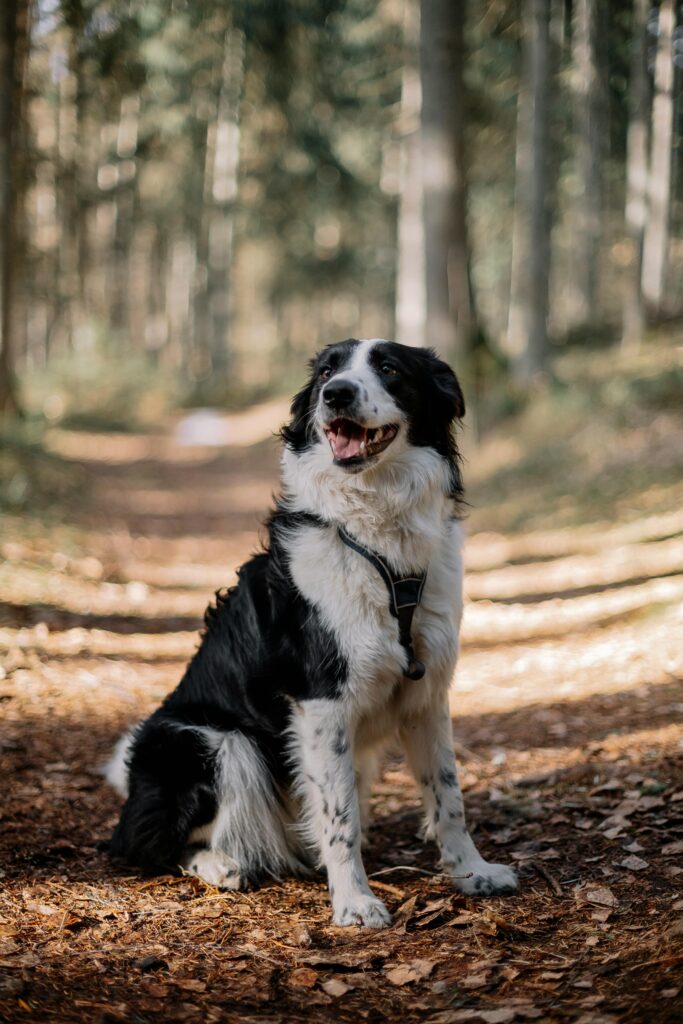
Supplements for Anal Gland Health
Fiber supplements will help your dog’s stool be more capable of naturally expressing your dog’s anal glands. Glandex, as an example, contains: “fiber, prebiotics, probiotics, omega-3 fatty acids to support anal gland health naturally”.
Frequently Asked Questions
Q: How often should I check my dog’s anal glands?
Check your dog’s anal glands frequently: monthly, or as recommended by your veterinarian.
Q: Can diet affect my dog’s anal glands?
A: Yes, the diet given to them should be high in fiber because this ensures the production of firm stools, thereby maintaining anal gland function in a healthy state.
Q: Are some breeds more prone to anal gland problems?
A: Yes, these little guys, Chihuahuas, and Toy Poodles, all will commonly have more anal gland problems than larger breeds.
Q: What should I do if I notice blood or pus near my dog’s anus?
A: If you see blood or pus, or any other signs of infection, you should contact your veterinarian right away.
Q: Can anal gland issues lead to other health problems?
A: Untreated, anal gland problems may lead to serious infections and abscesses. In this situation, your pet would actually need immediate veterinary attention.
Conclusion
Most anal gland conditions in dogs are manageable by proper care, diet, and regularly scheduled check-ups. Once you determine that your pet has anal gland issues, you can discuss the most appropriate treatment with your veterinarian.

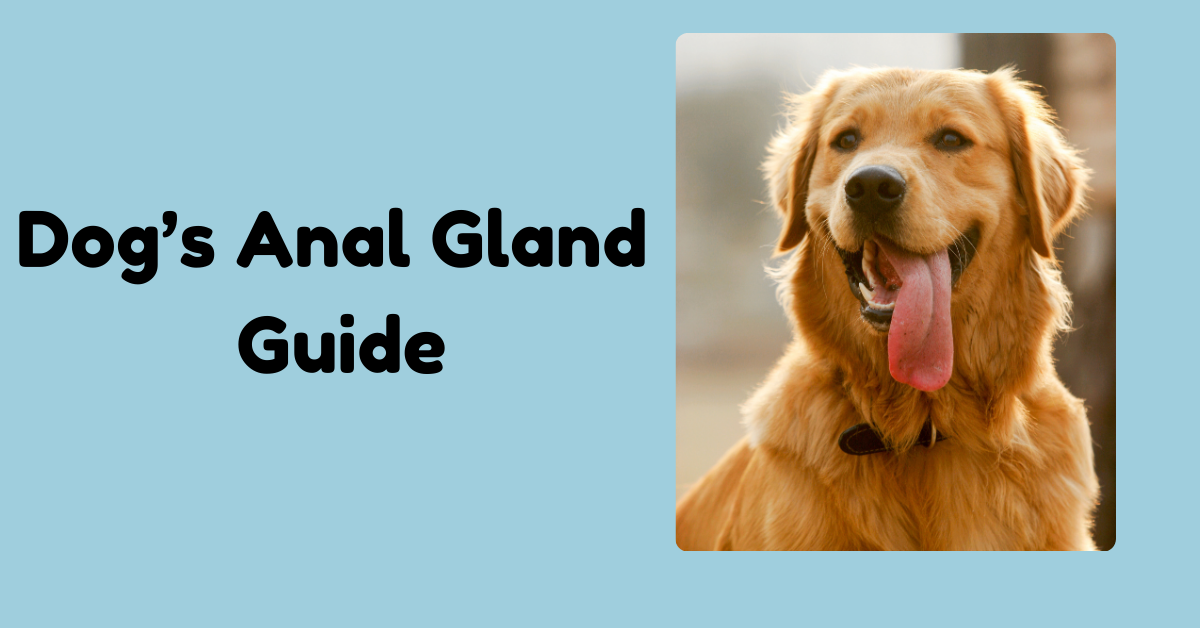
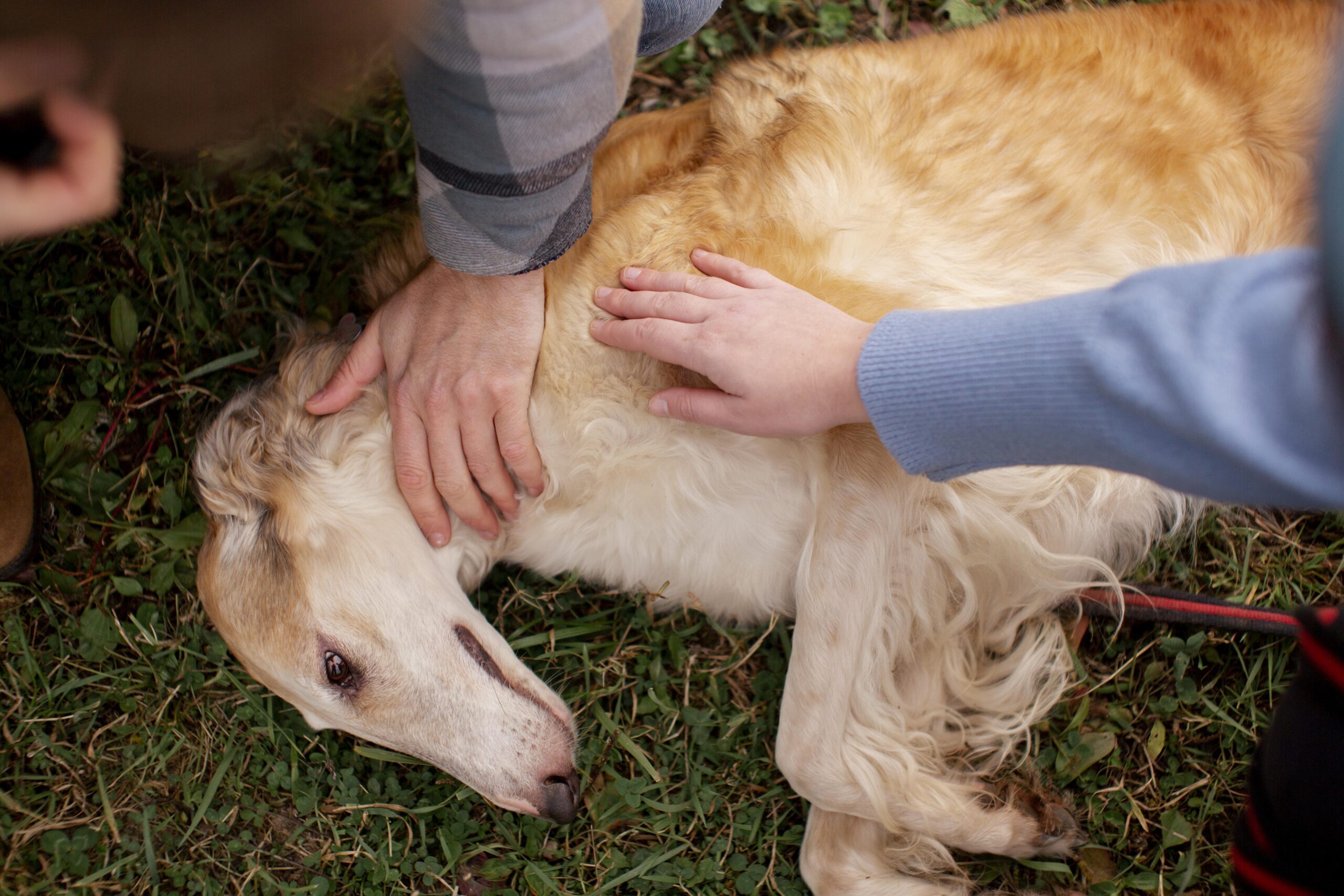
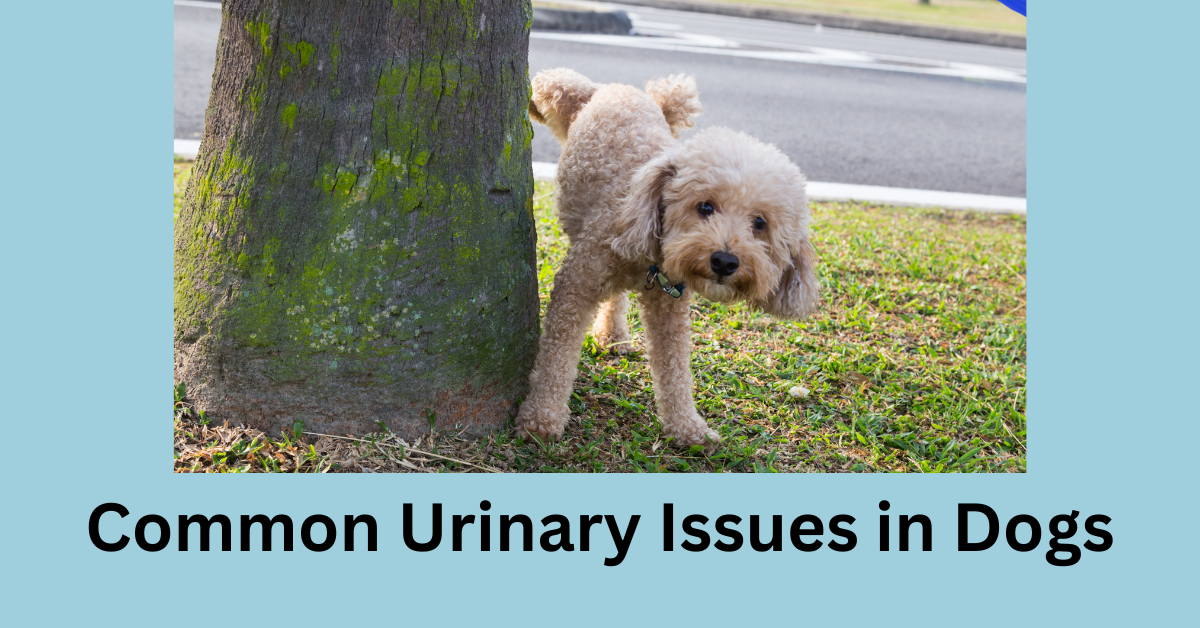
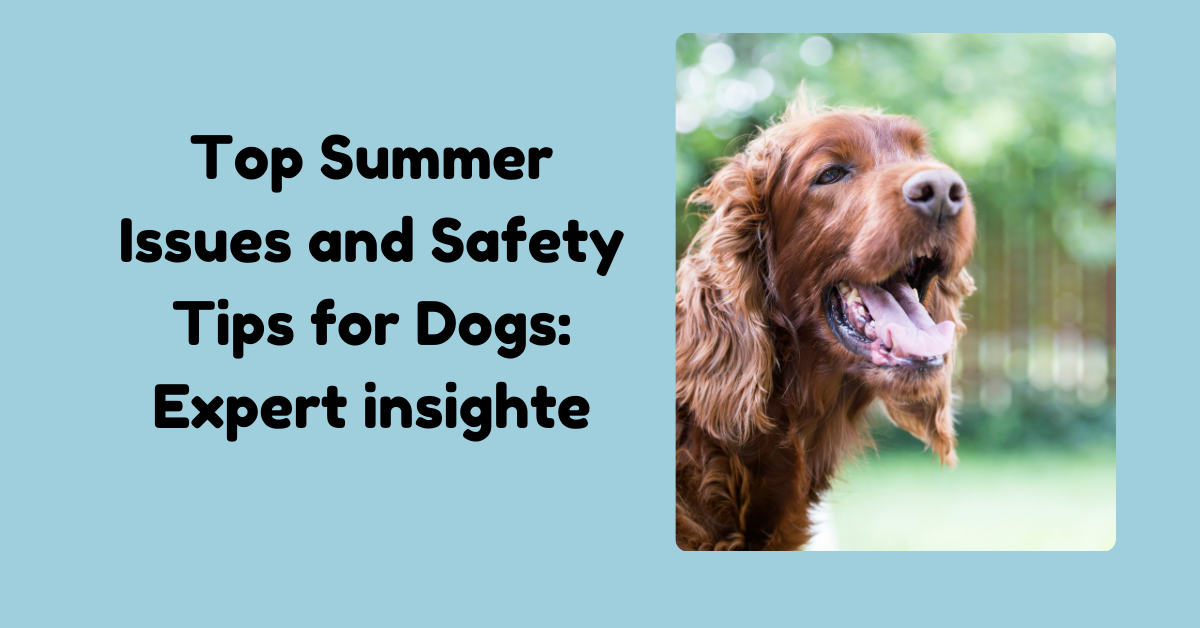

1 thought on “Dog’s Anal Gland Guide”
Comments are closed.